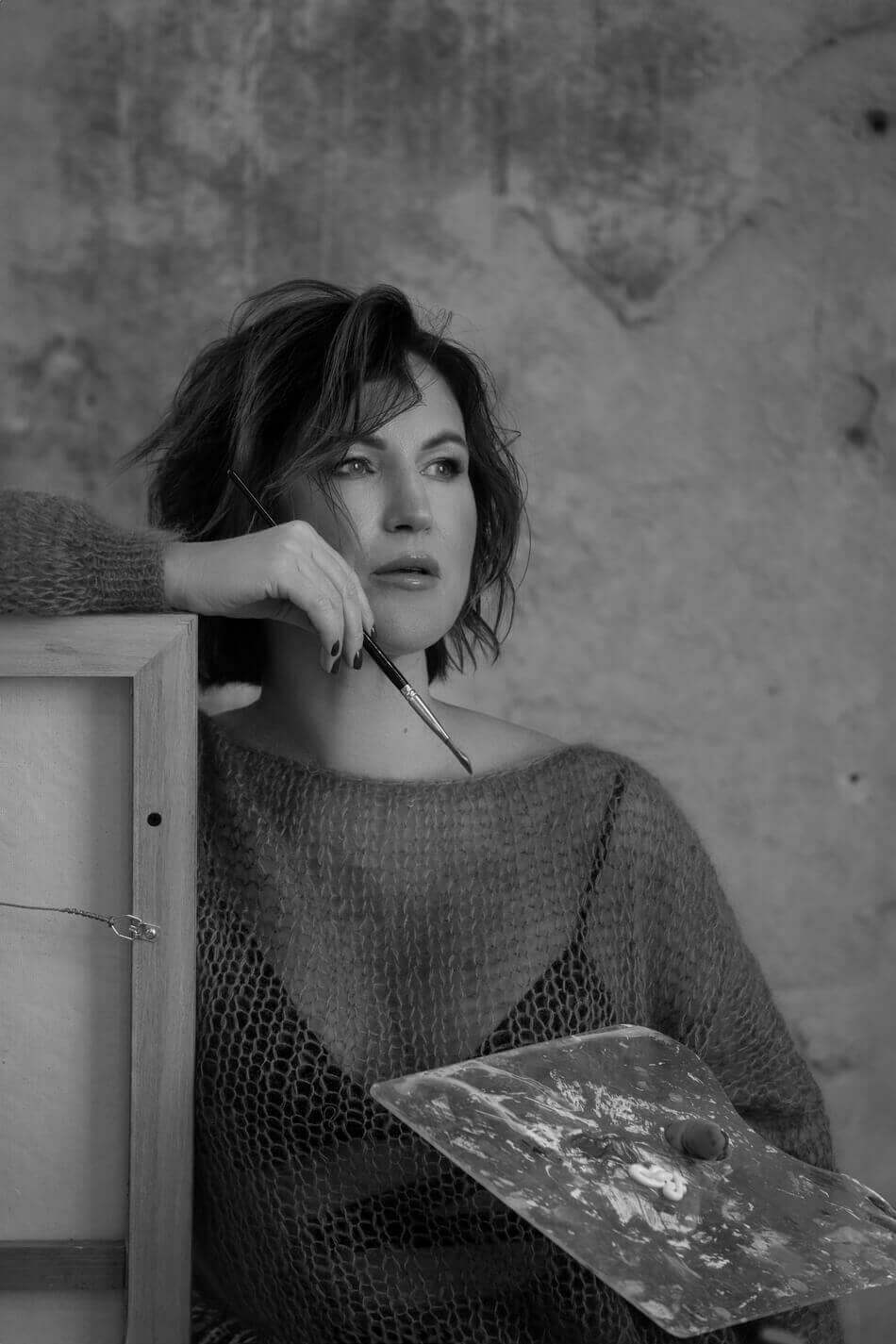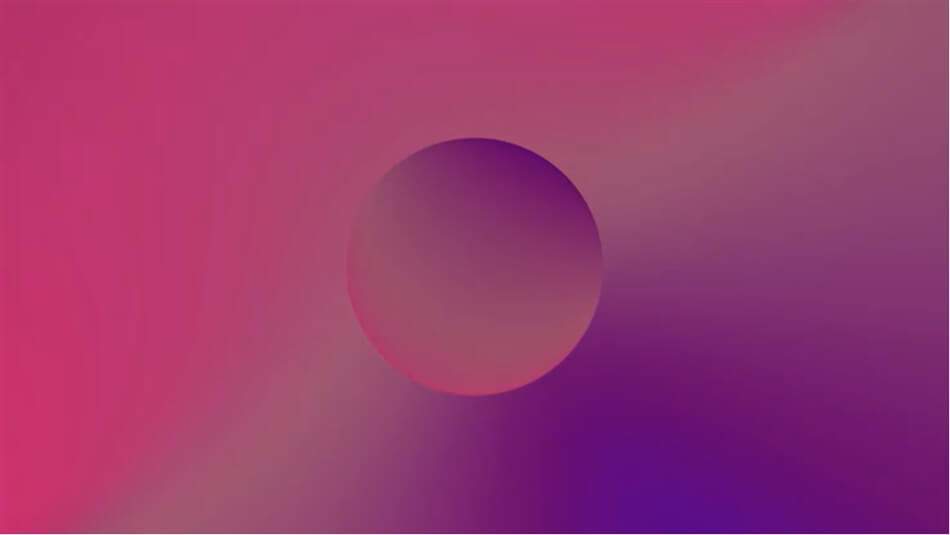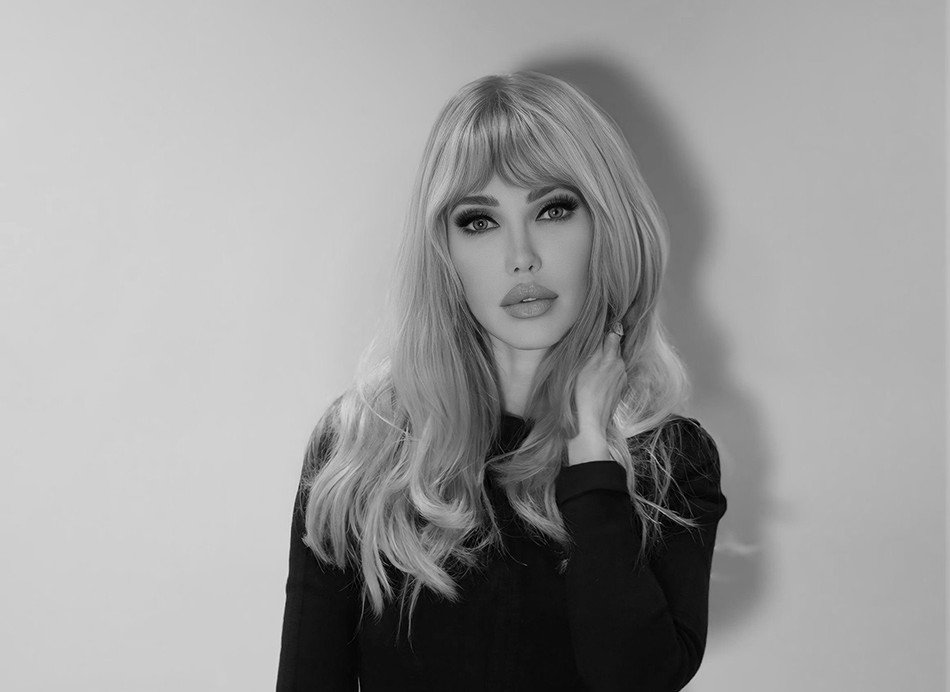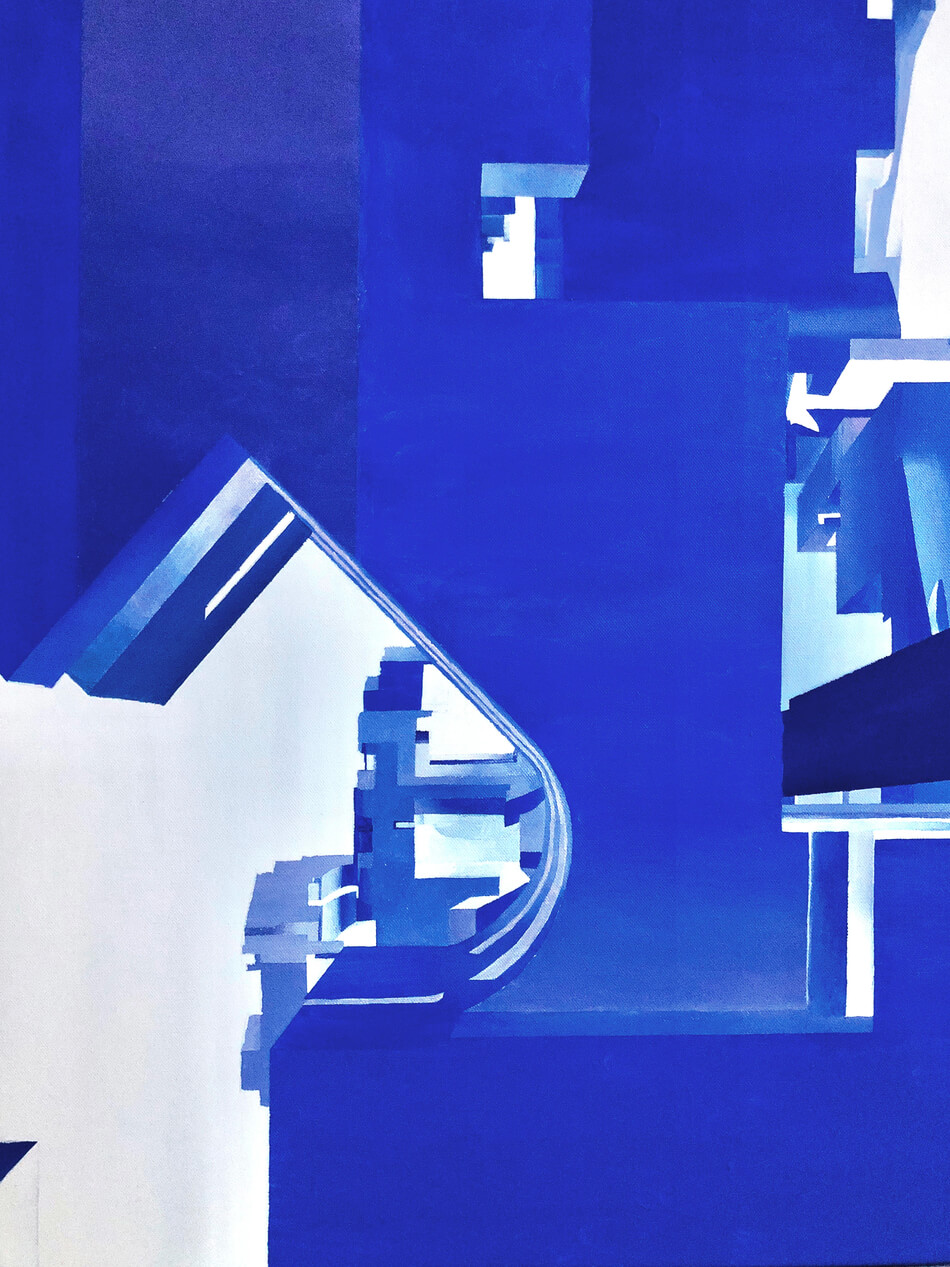
Interview: Marlene Luce Tremblay
Luca Curci talks with Marlene Luce Tremblay, winner of the ARTIST OF THE MONTH – MAY 2020.
Tremblay is a photographer-artist who, as a result of extensive travels throughout Europe and the Middle East, was able to capture the cultural aspect and history of great civilizations while bringing to light the beauty of the natural world. Throughout her career, Tremblay exhibited in Montreal, New York, Paris, London, Cairo, Tunis & Sidi Bou Saïd in Tunisia, Algiers in Algeria, Florence and Lake Como in Italy. Tremblay brings to light the beauty of the natural world – from the natural world to the family of man, her photography is used as an instrument to capture life’s moments and the natural landscape. After working only in film photography for many years, she now uses digital photography to tint her images highlighting the painterly aspect of her imagery. The artistic technique Tremblay created involves combining two different media – photography and painting – to produce new, unique works of art that can best be described as “pintographs“.
“Pintography” consists of tinted images transferred on canvas that are painted over in oil paint. This process combines the timelessness and classicism of photography with a modern medium, to create images that ask us to review our existing views of the world and to challenge the current boundaries between the artistic categories of photography and painting. Tremblay strongly believes that the natural world is as diverse as our humanity yet there is a common thread that allows for harmony to thrive. It is a choice that we can all make every day – to live in harmony with the natural world and that of mankind.

Luca Curci – What’s your background? What is the experience that has influenced your work the most?
Marlene Luce Tremblay – I have been a photographer for the past 30 years starting with portraiture and, thereafter, my main focus has been my travels throughout Europe and the Middle East. A major turning point took place in 2004 when I was invited by the Egyptian Tourist Authority to capture the main historical sites to create a photographic series to be exhibited in both Cairo and Montreal. This cultural exchange initiative was organized to celebrate fifty years of diplomatic relations between Egypt and Canada. The series “Iconic Egypt and Beyond” was also shown in Paris and London. This experience led to a number of cultural exchange initiatives between artists from Canada and North Africa, mainly Algeria and Tunisia. The Arab world was going through a great many social and political changes and these transformations were taking place in the backdrop of a rich history of great civilizations. As an artist, I strongly believe that the advancement of humanity is not only attributed to changes and upheavals, but it is also the result of cultural exchange between peoples.
LC – Which subject are you working on?
MLT – The world is in the midst of a global pandemic while going through major changes as a result, the main focus of my work today is about the natural world and the environment. In today’s artificial society, while nature is gradually vanishing from human life, humanity is longing for the natural world and needs to live in harmony with nature if human life is to survive.

LC – What is your creative process like?
MLT – When I started my photographic artwork, it was strictly black & white photography and I printed my work in the lab. I was also tinting my images, dipping black & white prints in different colours, as was the case for the Egyptian series until I reluctantly switched to digital photography. The technique I developed is referred to as Pintography which involves combining two different media – photography and painting; it consists of tinted images transferred on canvas and painted over in oil paint. This process combines the timelessness and classicism of photography with a modern medium, to create images that ask us to review our existing views of the world and to challenge the current boundaries between the artistic categories of photography and painting.
LC – How is being an artist nowadays?
MLT – Being an artist is challenging and it is difficult for exhibitions to take place as a result of the global pandemic which also has an effect on the art market. It is very difficult for artists to travel and to sell their work as the global economy is slowing down.

LC – Do visitors’ suggestions enrich yourself and your art?
MLT – It is important for artists to show their work through exhibitions, to stimulate their creativity and, in many cases, to expand their view of the world for art plays an important role in the advancement of society. What is the point of art if it’s not to help humanity and to bring hope for a better world!
LC – Did your style change over the years? In which way?
MLT – Finally, my style has changed over the years as my life is changing and I am transformed as a result. My quest is to create art that questions the meaning of my own existence in time and place and the meaning of being in this world. While uncovering the many facets of my own existence, I strive to return to the source and to uncover the multi-layered meanings of my life. Through my own transformation, as a result of connecting with other cultures, belonging to our common humanity yet being different at the same time, I transform my images to reflect my own vision of the world. From the natural world to the family of man, I use my photography as an instrument to capture life’s moments in time and space within the social fabric and the natural landscape.
more. www.marleneluce.com



Are you an artist, architect, designer? Would you like to be featured on ITSLIQUID platform? Send an e-mail to info@itsliquid.com or fill the form below




